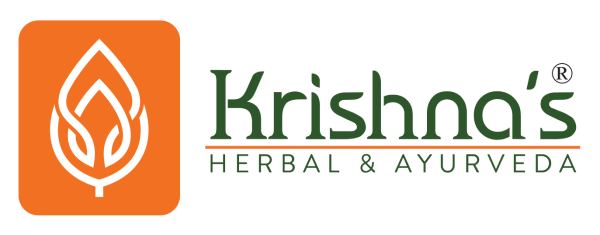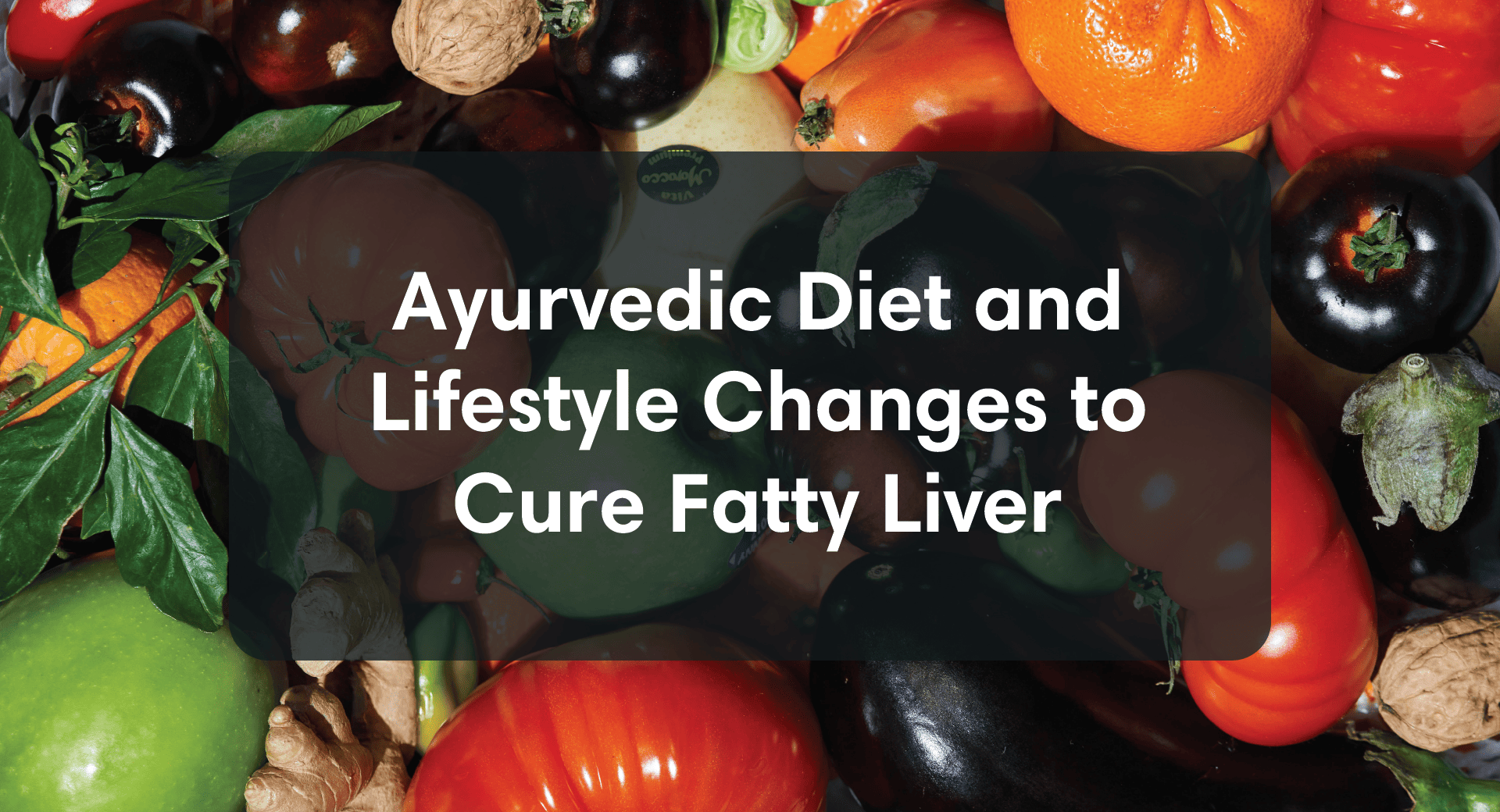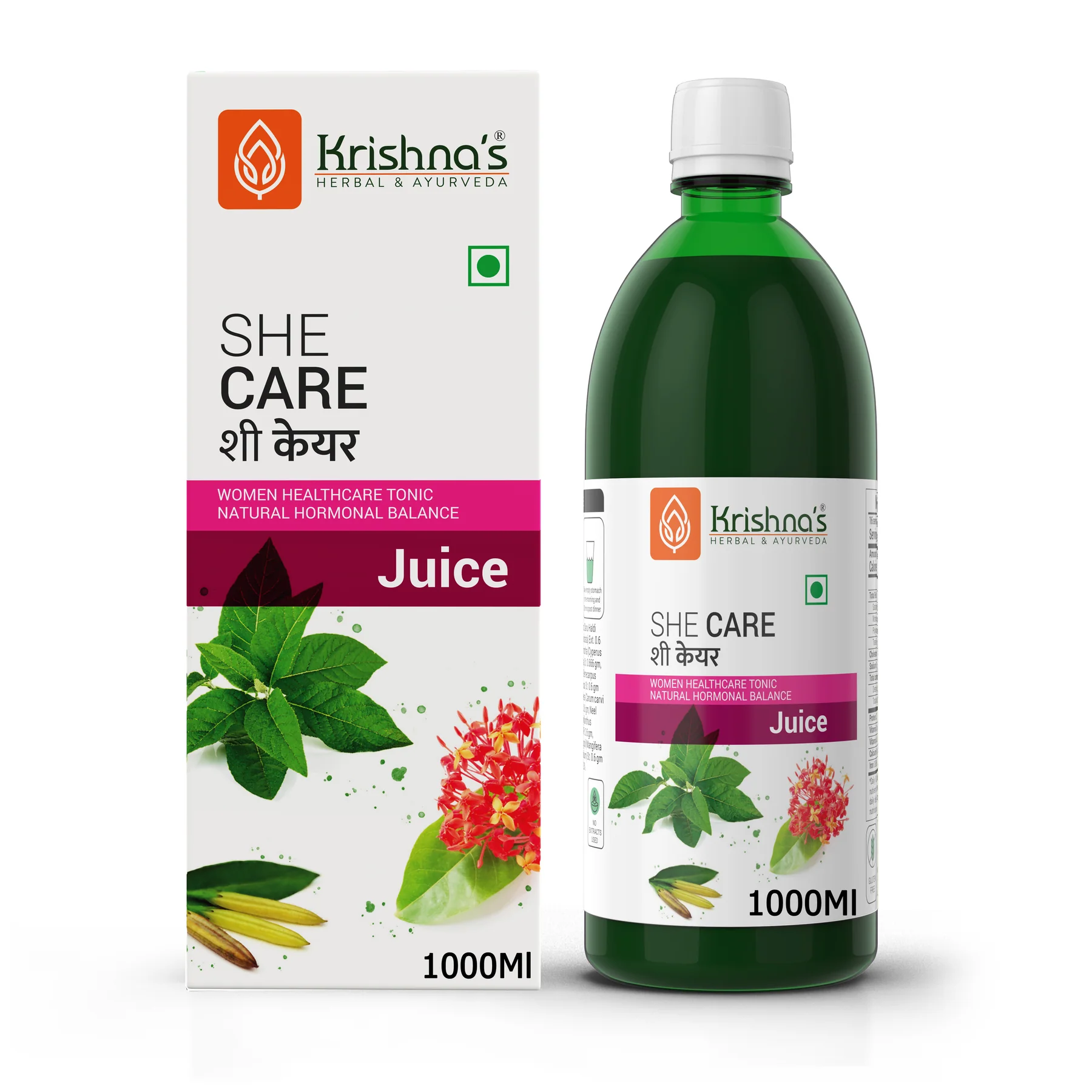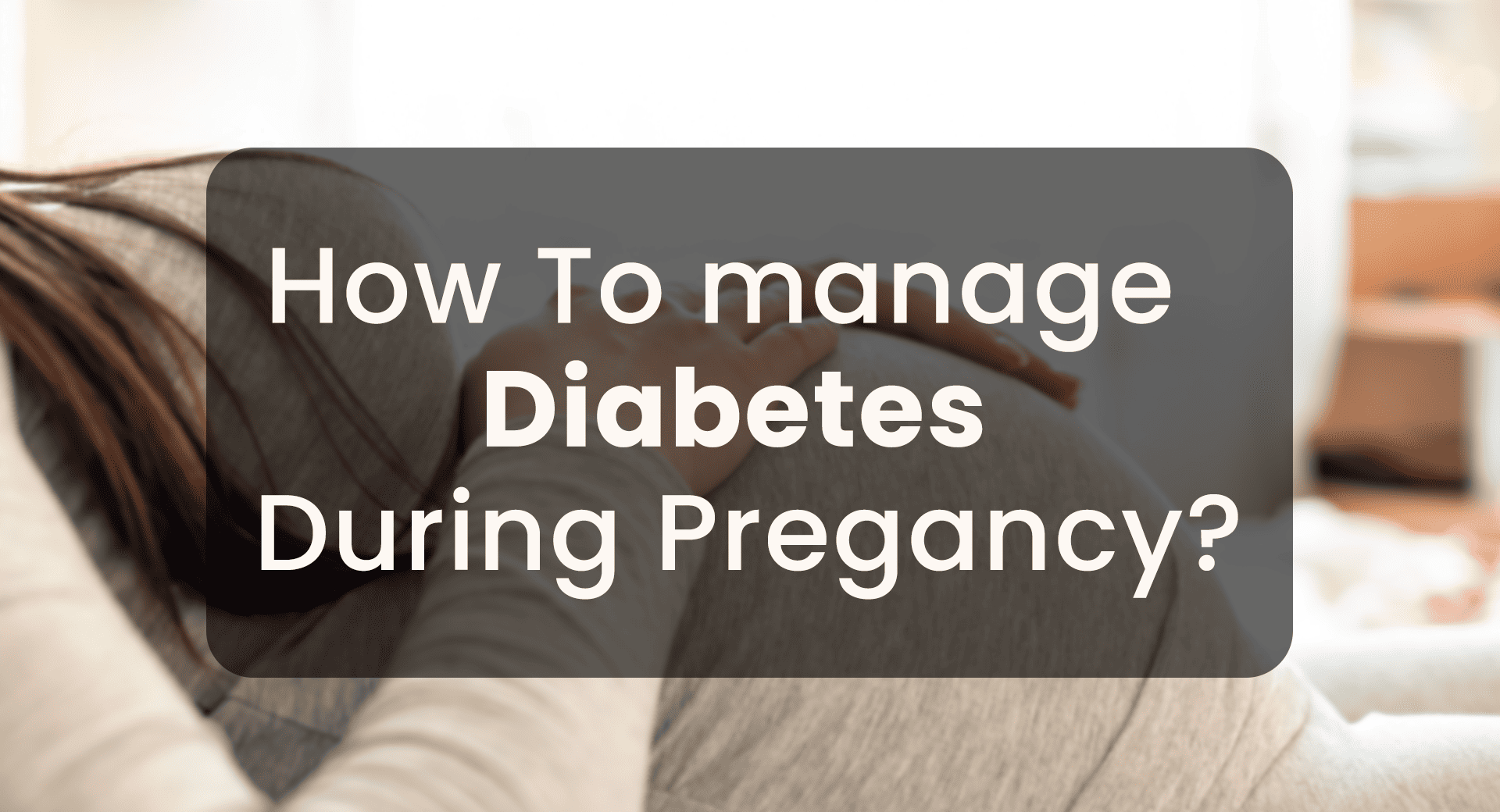Women have a genetic makeup that makes weight loss a little more challenging than men. Seems too unfair, right?
But for about 15% of women of reproductive age worldwide, the struggle is even bigger—all because of PCOD (Polycystic Ovarian Disease). The condition not only causes unexplained weight gain, but shedding those extra kgs feels nearly impossible. Along with this, other symptoms like irregular periods, excessive face and body hair growth, acne problems, and many more arise.
No doubt, exercising, healthy lifestyle habits, and remedies like Krishna’s She Care Juice can help you take control of these symptoms. But with the right food, you can nourish your body and start seeing real changes.
Let’s plunge in and learn more about PCOD Diet Chart: Foods to Eat and Avoid.
Why Diet Matters?
PCOD is caused by four main factors: insulin resistance, changes in metabolism and hormone levels, high body fat, and issues with producing gonadotrophin-releasing hormones, which are crucial for reproductive health. These factors are all connected and can increase your risk of developing diabetes, heart disease, and other health problems.
While not everyone with PCOD will experience these complications, for those who do, maintaining a healthy weight is the primary goal. This starts with a healthy diet and regular exercise. The right diet for PCOD can break this cycle and reduce the impact of PCOD by helping your body produce normal levels of hormones, regulate insulin, and manage inflammation.
Diet For PCOD: Foods to Eat
There is no one-size-fits-all diet for PCOD, but certain diet plans have shown promise in helping manage the condition.
1. A low glycemic index (GI) diet
Foods that have low GI have less impact on your blood sugar levels because your body takes time to digest them which prevents insulin levels from rising as high or as fast as other foods with a higher GI.
Learn More About GI Foods
Foods that have a low GI are:
- Whole grains like amaranth, oatmeal, barley, and brown rice
- Non-starchy vegetables like spinach, broccoli, and cauliflower
- Fruits like berries, apples, and pears
- Legumes like lentils, chickpeas, and beans
Interesting Fact: “Reheating leftover foods like roti and rice can actually lower their GI! This happens because cooling and reheating change the structure of starch, making it digest more slowly and preventing sudden blood sugar spikes.”
2. Anti-inflammatory diet
Ever since celebrities like Vidya Balan started talking about how the anti-inflammatory diet helped them lose weight, this diet plan has been the talk of the town. But it’s not just about weight loss it may also help improve key markers related to PCOD, such as high blood sugar, metabolic rate, hormonal imbalance, and cardiovascular risks.
Inflammation is one of the hidden culprits behind PCOD symptoms. It worsens insulin resistance, disrupts hormones, and makes weight loss a real struggle. Anti-inflammatory foods support your metabolism, making PCOD management much easier.
Foods that have anti-inflammatory properties include:
- Leafy greens like spinach, kale, and mustard greens
- Nuts and seeds like walnuts, and almonds
- Spices like turmeric, ginger, and cinnamon
- Healthy fats like olive oil and avocado
- Berries like blueberries, strawberries, and raspberries
3. DASH Diet
The DASH (Dietary Approaches to Stop Hypertension) diet was originally designed to reduce the risk or impact of heart disease like hypertension, but it has gained popularity as a PCOD diet as well. This is because it may improve ovarian health and reduce the number of cysts. It might also help with insulin resistance, glucose management, and fat deposits.
This diet includes whole, nutrient-dense foods and limiting processed and high-sodium foods.
DASH-friendly foods are:
- Fruits like oranges, apples, and bananas
- Vegetables like carrots, bell peppers, and zucchini
- Whole grains such as brown rice, whole wheat, whole oats and quinoa
- Low-fat dairy such as Greek yogurt and toned milk
- Healthy fats olive and truffle oil
Foods to Avoid in PCOD
Just as some foods help balance hormones and improve insulin sensitivity, certain foods can worsen PCOD symptoms, leading to weight gain, inflammation, and blood sugar spikes. Avoiding these foods is just as important as eating the right ones!
1. Refined carbs and sugary foods
Refined carbohydrates and sugary foods make your blood sugar rise quickly. This worsens insulin resistance which leads to more fat storage, hormonal imbalances, and increased cravings.
Avoid:
- White bread, pasta, and bakery items
- Sugary drinks like soda and packaged juices
- Candies, cakes, and processed desserts
2. Processed and junk foods
Such foods are loaded with preservatives, high amounts of saturated and trans fats, and sodium—basically everything that a patient with PCOD should stay away from. They result in bloating, inflammation, and other difficulties.
Avoid:
- Chips, crackers, and instant noodles
- Fried foods like samosas, french fries, and pakoras
- Ready-to-eat frozen meals
3. Dairy and excess red meat
Dairy isn’t harmful to everyone, but generally, some women with PCOD suffer from digestive issues after consuming dairy products due to lactose intolerance. In such scenarios, you must avoid these foods as they may cause gastric problems and acne or skin breakouts.
Similarly, consuming too much red meat like steaks, pork, and hamburgers, can reduce progesterone levels, which are vital for a healthy menstrual cycle and pregnancy.
It also increases inflammation in your body and contains unhealthy fats that contribute to weight gain. Eating red meat can aggravate PCOD symptoms.
Avoid:
- Full-fat milk, cheese, and cream
- Processed meats like sausages and hot dogs
- Fatty cuts of beef and pork
4. Alcohol
Women with PCOD are typically advised to avoid alcohol, as it can disrupt the hormones involved in ovulation and increase testosterone levels.
Alcohol also lowers blood sugar, which can lead to weight gain, nutrient deficiencies, and increased food cravings. For some, it may even trigger migraines.
Learn More About She Care Juice Has on Women’s Hormonal Balance
PCOD Diet Chart
| Day | Breakfast | Mid-meal | Lunch | Evening | Dinner |
| Monday | Poha with peanuts and veggies | 1 apple or papaya | Brown rice with dal, sabzi + Salad | Green tea with roasted nuts | 2 Whole wheat roti with seasonal vegetable sabzi |
| Tuesday | 2 Idlis with Sambhar | Handful of almonds and walnuts | Rajma with brown rice + Salad and Curd | 1 small fruit (apple, pear, or orange | 1 bowl palak paneer with 2 roti |
| Wednesday | 2 whole wheat toast with peanut butter | Buttermilk 1 glass | Chole with white rice and a small bowl of cucumber & tomato salad | Handful of sunflower seeds or pumpkin seeds | Vegetable pulao with paneer/tofu and cucumber raita |
| Thursday | Moong dal chilla with veggies | A small bowl of cucumber & tomato salad | Sambar with brown rice or ragi | Roasted makhana or popcorn | Zucchini and carrot sabzi with 1 roti |
| Friday | Stuffed methi paratha with curd | A few roasted chickpeas | Paneer and vegetable stir-fry with roti | Chaas (buttermilk) with cumin and mint | Baingan bharta with 2 whole wheat roti |
| Saturday | Dosa with sambhar | Green tea with 2 walnuts | Tofu stir-fry with brown rice | Green tea with roasted almonds | Vegetable khichdi with curd |
| Sunday | Dalia with a lot of veggies | Sprouts chaat | Masoor dal with rice and cucumber raita | A handful of mixed nuts | Gobi and peas stir-fry with 1 roti |
You can switch with other days and foods but remember not to eat too much. Measure foods on a kitchen scale and stick to proper portions. Along with this, don’t forget to take Krishna’s She Care Juice, which will enhance the effects of the diet for PCOD and help balance your hormones so your ovaries function better.












